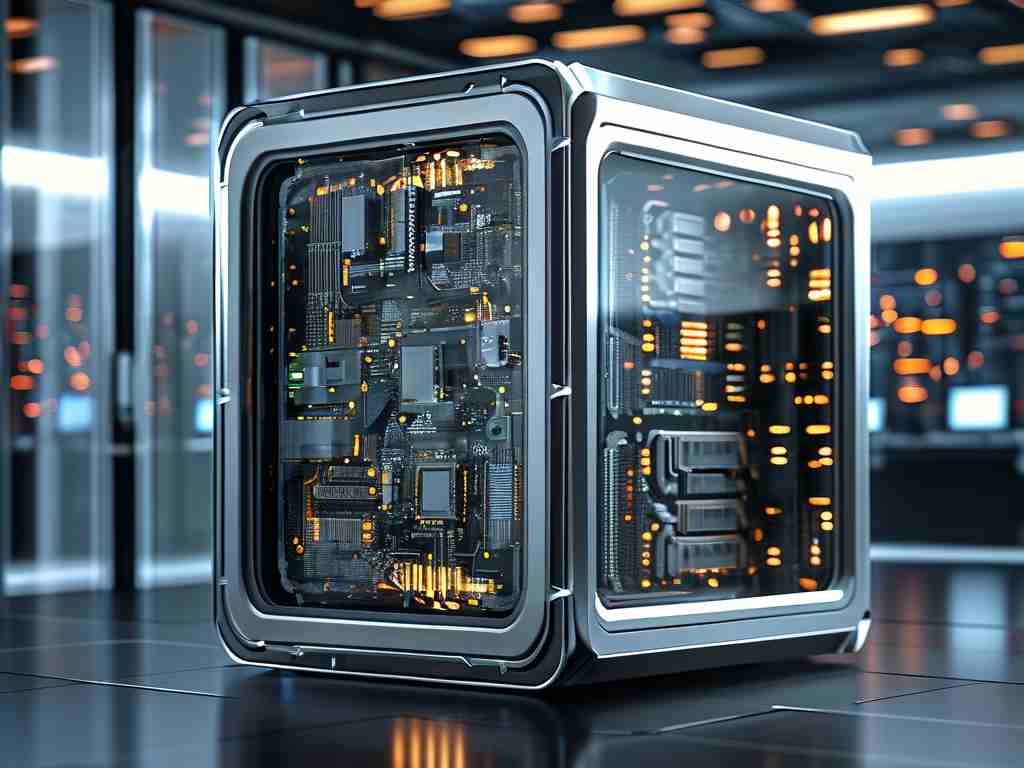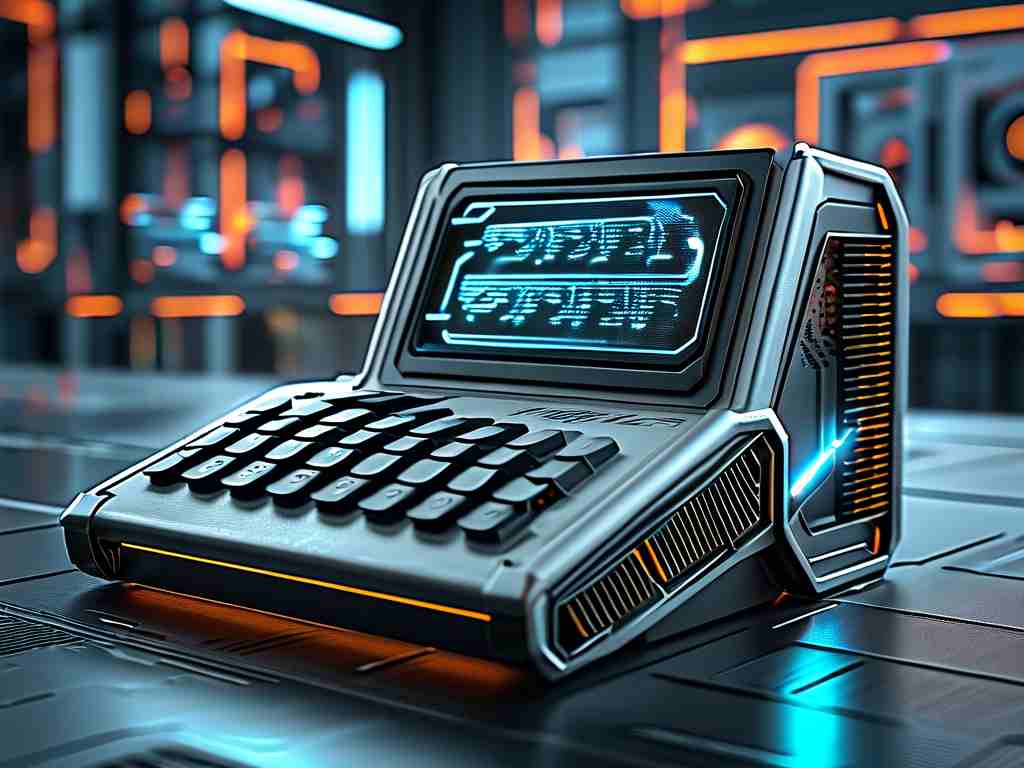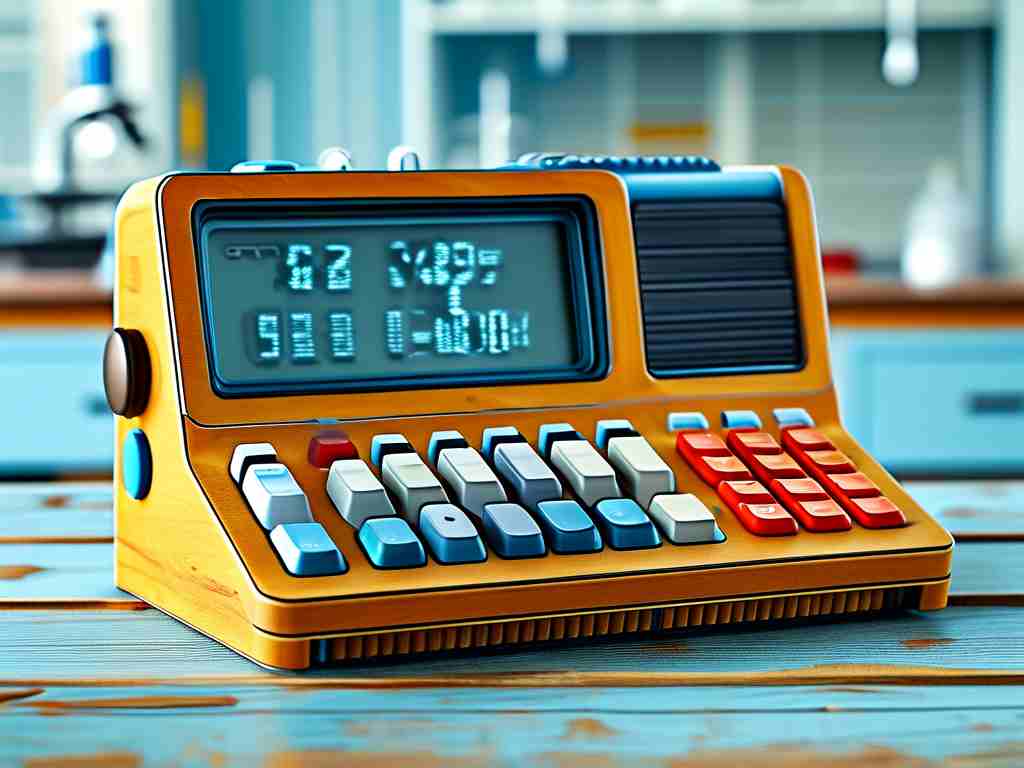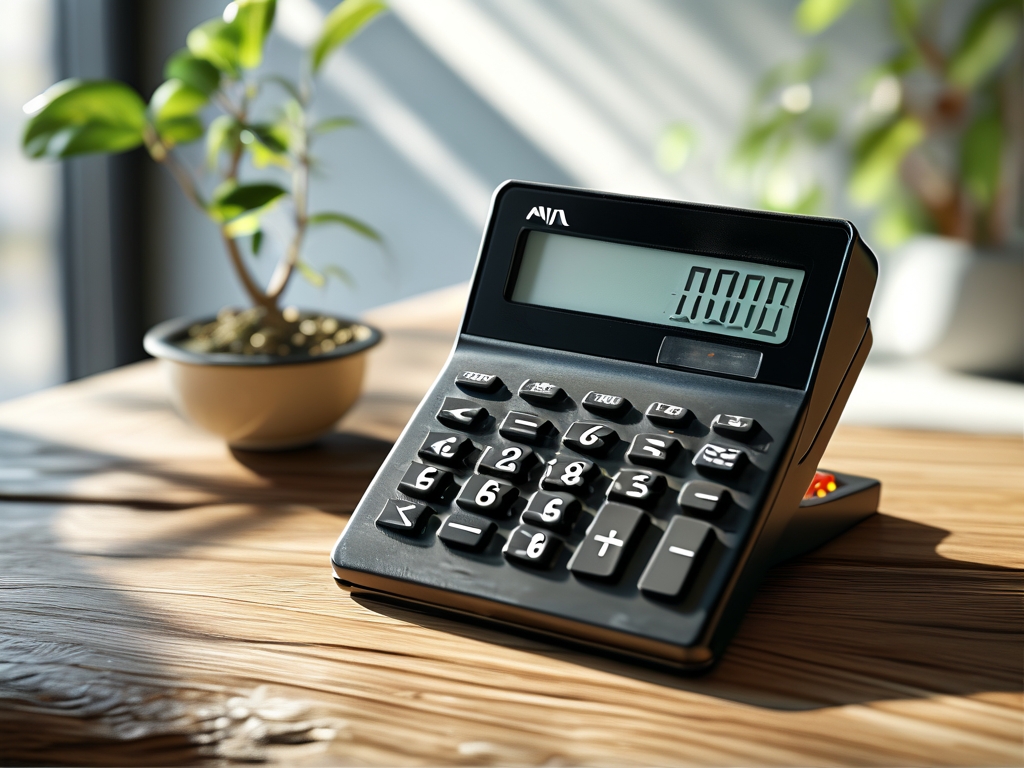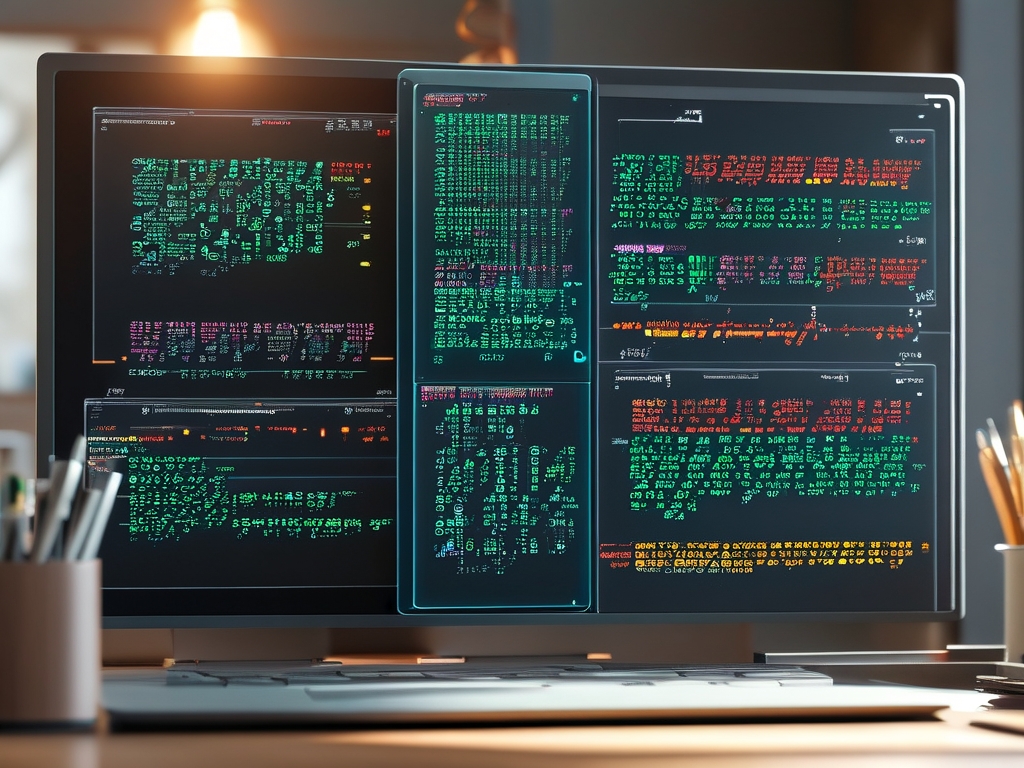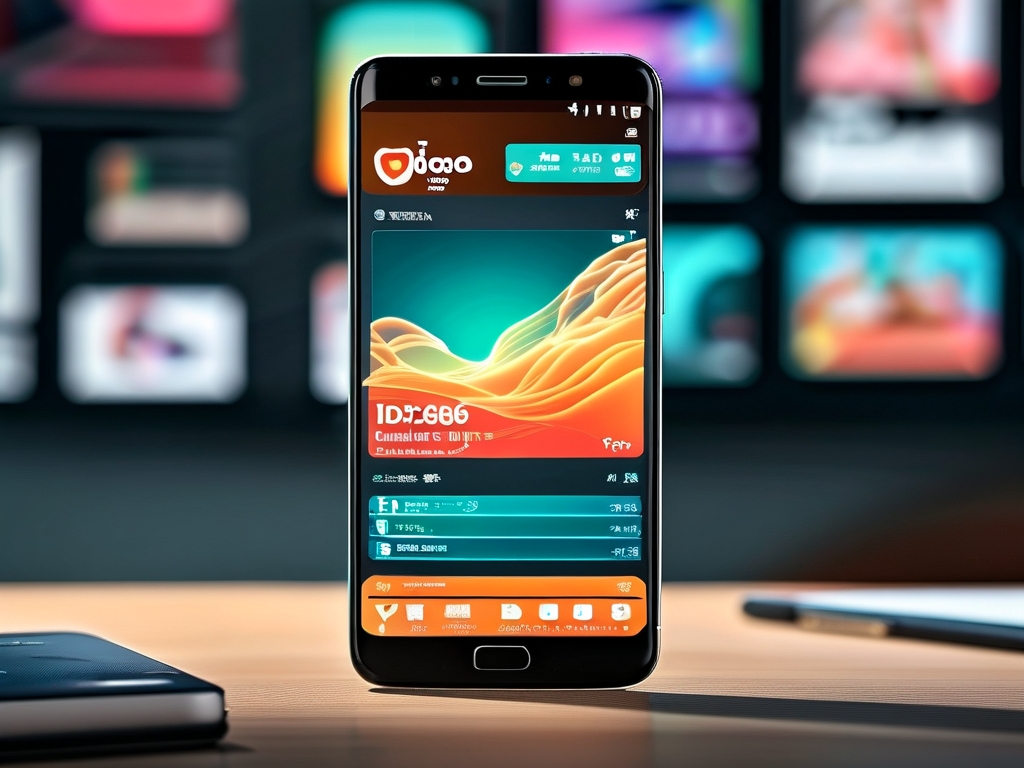When discussing programmable calculators, memory capacity often becomes a critical factor for developers, students, and engineers. Unlike standard calculators, these advanced devices support custom scripts, data storage, and complex computations – all requiring sufficient memory. But how much memory do they actually offer, and what does this mean for practical use?
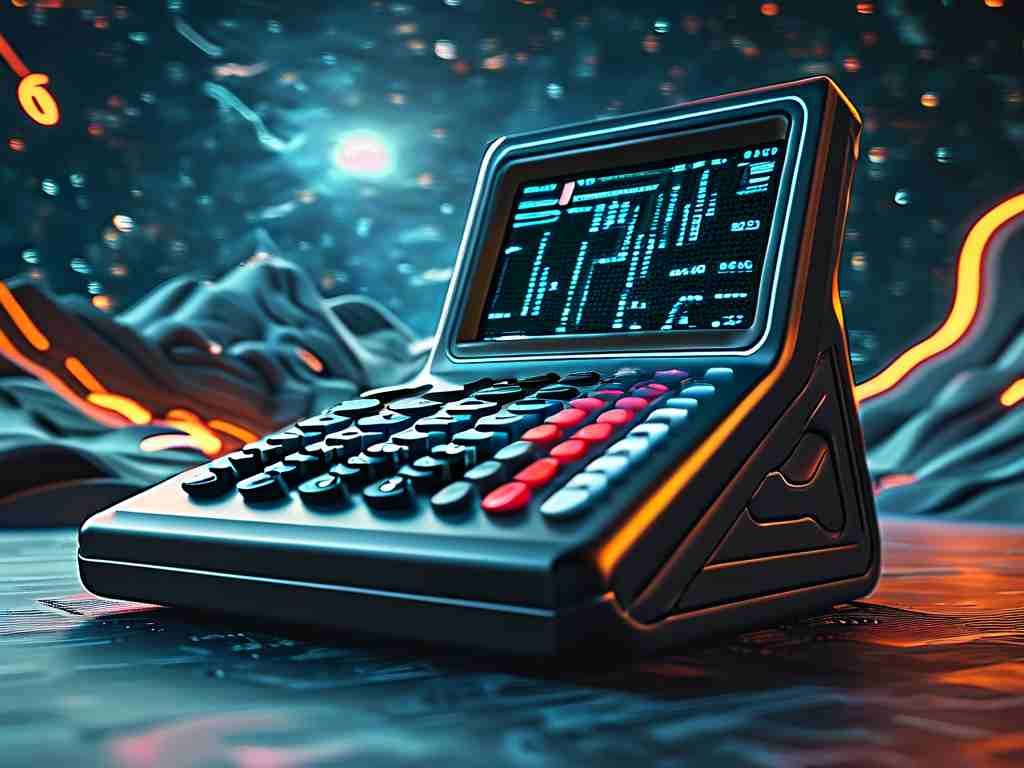
The Memory Hierarchy
Programmable calculators typically feature two types of memory: volatile RAM for active computations and non-volatile storage for long-term data retention. For instance, the Texas Instruments TI-84 Plus CE boasts 154KB of user-accessible RAM, while its archive storage reaches 3MB. This split architecture allows simultaneous execution of programs and storage of equations or datasets.
Casio’s fx-9750GIII takes a different approach with 64MB of internal memory, blurring the line between traditional calculators and pocket computers. This expanded capacity supports Python scripts and larger spreadsheets – a game-changer for coding enthusiasts.
Real-World Limitations
Despite impressive specs on paper, usable memory often falls short due to system overhead. The HP Prime’s 256MB RAM sounds substantial, but nearly 30% gets allocated to the operating system and pre-loaded applications. Developers must optimize code to work within these constraints:
# Sample memory check on HP Prime
import sys
print("Available RAM:", sys.freemem())
Such limitations explain why many users employ cloud storage integration or external SD cards (where supported) to extend functionality.
Historical Perspective
Early programmable calculators like the 1978 HP-34C operated with just 210 bytes of memory – enough for about 80 programming steps. Modern devices represent a 150,000x increase in capacity, yet still face similar optimization challenges due to rising complexity of applications.
Memory Management Techniques
Experienced users employ various strategies to maximize efficiency:
- Compressing numerical data sets
- Using symbolic math instead of brute-force calculations
- Clearing temporary variables post-execution
- Partitioning large programs into modular subroutines
The SHARP EL-W516T exemplifies smart memory design through its dedicated "Formula Memory" bank, preserving frequently used equations without consuming general storage.
Future Trends
With Raspberry Pi-powered calculators entering the market, the memory landscape is evolving. The NumWorks calculator now offers web-based simulation with virtually unlimited cloud memory, while maintaining 8MB local storage for offline use. This hybrid model suggests a future where physical memory becomes less critical than cloud integration and efficient memory handling algorithms.
Ultimately, a programmable calculator’s memory size tells only part of the story. True capability emerges from how users and developers creatively work within – and occasionally push against – these technological boundaries.


